พิพิธภัณฑสถานแห่งชาติพระนครคีรี
พิพิธภัณฑสถานแห่งชาติพระนครคีรี
ที่ตั้ง เขาวัง (เขาสมณ) ตำบลคลองกระแซง อำเภอเมือง จังหวัดเพชรบุรี
สถาปนิก/ผู้ออกแบบ สมเด็จเจ้าพระยาบรมมหาศรีสุริยวงศ์ (ช่วง บุนนาค)
ผู้ครอบครอง กรมศิลปากร กระทรวงวัฒนธรรม
ปีที่สร้าง พ.ศ. 2402
ปีที่ได้รับรางวัล พ.ศ. 2536
ประวัติ
พิพิธภัณฑสถานแห่งชาติพระนครคีรี หรือพระที่นั่งเพชรภูมิไพโรจน์ เป็นอาคารหนึ่งในกลุ่มอาคารพระนครคีรี หรือเขาวัง อาคารนี้มีรูปแบบสถาปัตยกรรมผสมผสานแบบตะวันตก ไทย และจีน สร้างขึ้นบนเนินเขาสูง มีมุขยื่นด้านหน้า หลังคาจั่วมุงกระเบื้องกาบกล้วยปั้นปูนทับสันแบบจีน ผนังชั้นล่างเจาะเป็นช่องโค้ง (Arch) ชั้นบนช่องหน้าต่างรูปสี่เหลี่ยมผืนผ้า มีบันไดอยู่ภายนอกอาคาร
พระนครคีรีหรือเขาวัง เดิมชาวบ้านเรียกว่า เขาสมณ หรือ เขามหาสวรรค์ เนื่องจากมีวัดสมณตั้งอยู่บนไหล่เขาด้านตะวันออก เมื่อครั้งพระบาทสมเด็จพระจอมเกล้าเจ้าอยู่หัวทรงผนวชอยู่ ได้เสด็จจาริกไปประทับที่วัดสมณนี้เป็นประจำ และได้เสด็จขึ้นไปทรงปฏิบัติเวกภาวนาบนยอดเขานี้ด้วย
พระบาทสมเด็จพระจอมเกล้าเจ้าอยู่หัวได้เสด็จขึ้นครองราชย์ใน พ.ศ. 2394 จากนั้นใน พ.ศ. 2401 ทรงมีพระบรมราชโองการโปรดเกล้าฯ ให้เจ้าพระยาศรีสุริยวงศ์ (ช่วง บุนนาค) สมุหพระกลาโหมเป็นแม่กองก่อสร้าง พระนครคีรี พระเพชรพิไสยศรีสวัสดิ์ (ท้วม บุนนาค) ปลัดเมืองเพชรบุรีเป็นนายงานก่อสร้าง และทรงโปรดเกล้าฯ ให้นำแบบอย่างสถาปัตยกรรมตะวันตกมาผสมผสานกับแบบไทยและจีน ในการก่อสร้างอาคารต่างๆ อีกทั้งทรง โปรดเกล้าฯ ให้สร้างเจดีย์ขึ้นใหม่ครอบเจดีย์องค์เดิมบนยอดเขาซึ่งชำรุดทรุดโทรมมาก ภายในบรรจุพระบรม สารีริกธาตุ และพระราชทานนามว่า “พระธาตุจอมเพชร”
พระที่นั่งเพชรภูมิไพโรจร์ สร้างขึ้นเมื่อ พ.ศ. 2402 เป็นพระที่นั่งองค์ใหญ่ที่มีความสำคัญที่สุด เนื่องจาก พระบาทสมเด็จพระจอมเกล้าเจ้าอยู่หัวทรงใช้เป็นที่ประทับ ต่อมาในรัชสมัยพระบาทสมเด็จพระจุลจอมเกล้าเจ้าอยู่หัว ได้โปรดเกล้าฯ ให้ดัดแปลงและบูรณะใหญ่ ใน พ.ศ. 2426 เพื่อเป็นที่ประทับของพระราชอาคันตุกะจากต่างประเทศ คือ ดยุคโยฮัน อัลเบรกค์ ผู้สำเร็จราชการเมืองบรันชวิค ประเทศเยอรมนี และพระชายา
ใน พ.ศ.2496 รัฐบาลได้จัดพระที่นั่งองค์นี้เป็นพิพิธภัณฑ์ และในปีนั้นได้ดำเนินการบูรณะครั้งที่ 2 โดย พระราชปรารภของพระบาทสมเด็จพระเจ้าอยู่หัว จากนั้นกรมศิลปากรได้ทำการบูรณะอีกครั้ง ในช่วง พ.ศ. 2525 -2530 และได้จัดแสดงในห้องต่างๆ ให้มีลักษณะและข้าวของเครื่องใช้เหมือนสมัยที่อาคารนี้เป็นที่ประทับของพระบาทสมเด็จพระจอมเกล้าเจ้าอยู่หัว
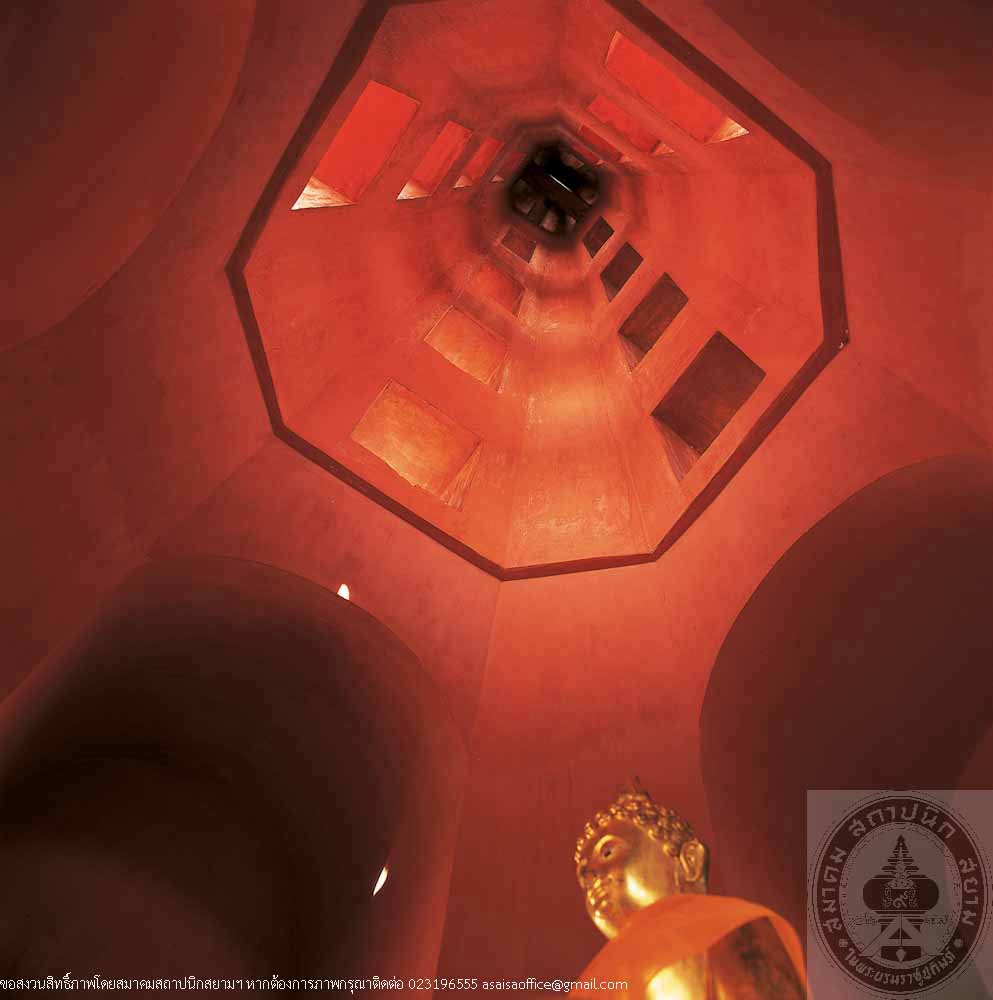
พิพิธภัณฑ์พระนครคีรี

พิพิธภัณฑ์พระนครคีรี
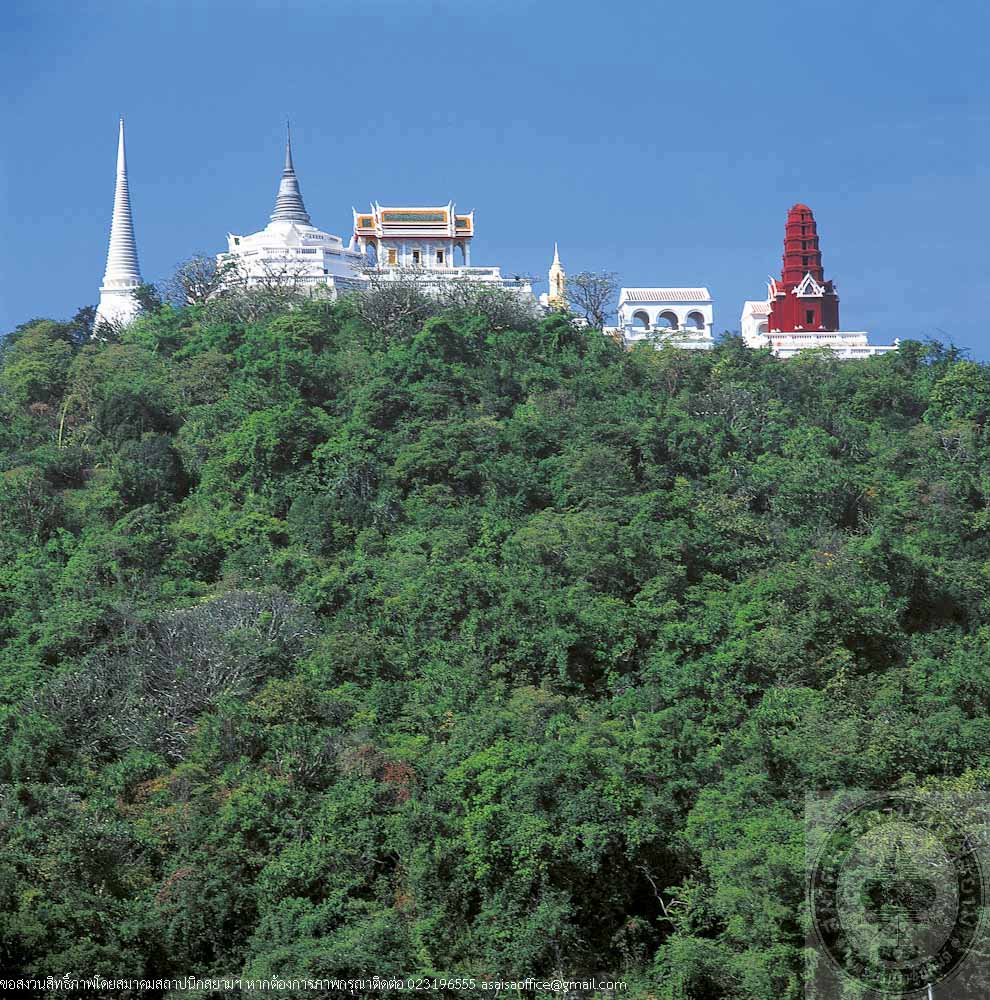
พิพิธภัณฑ์พระนครคีรี
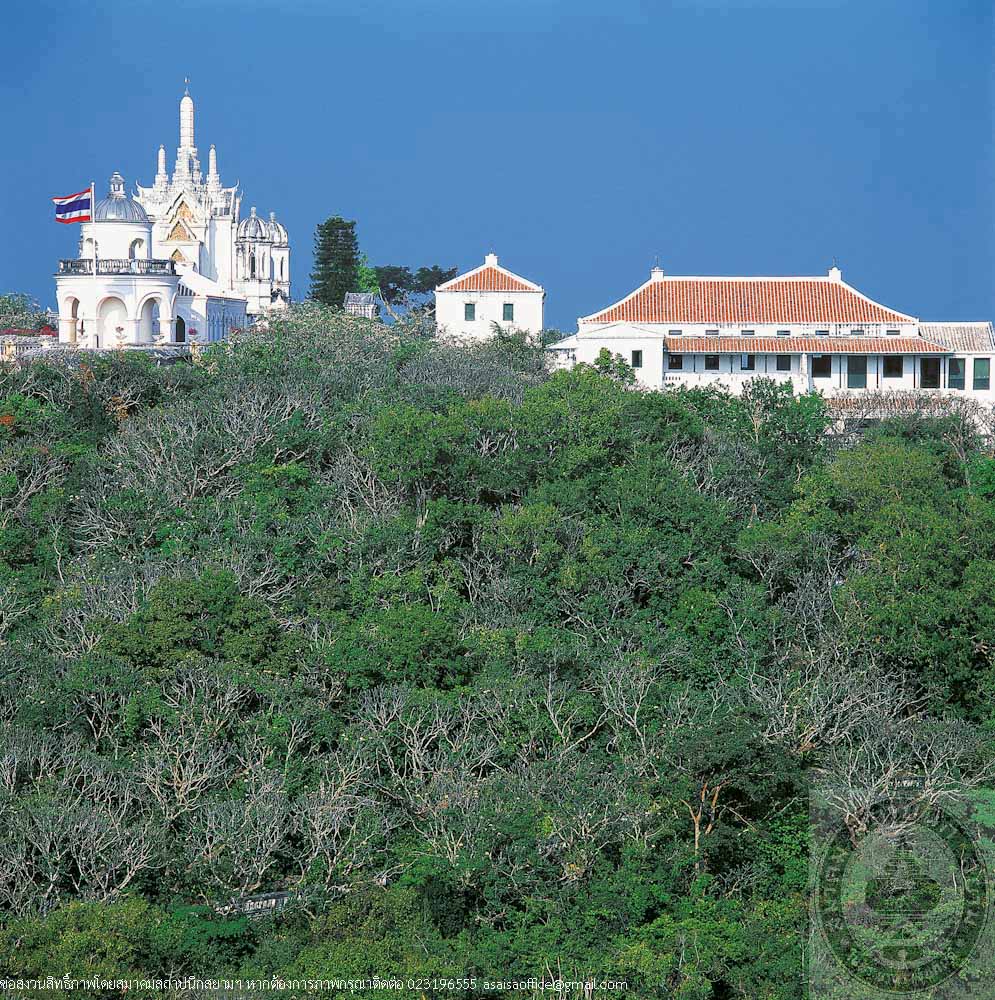
พิพิธภัณฑ์พระนครคีรี
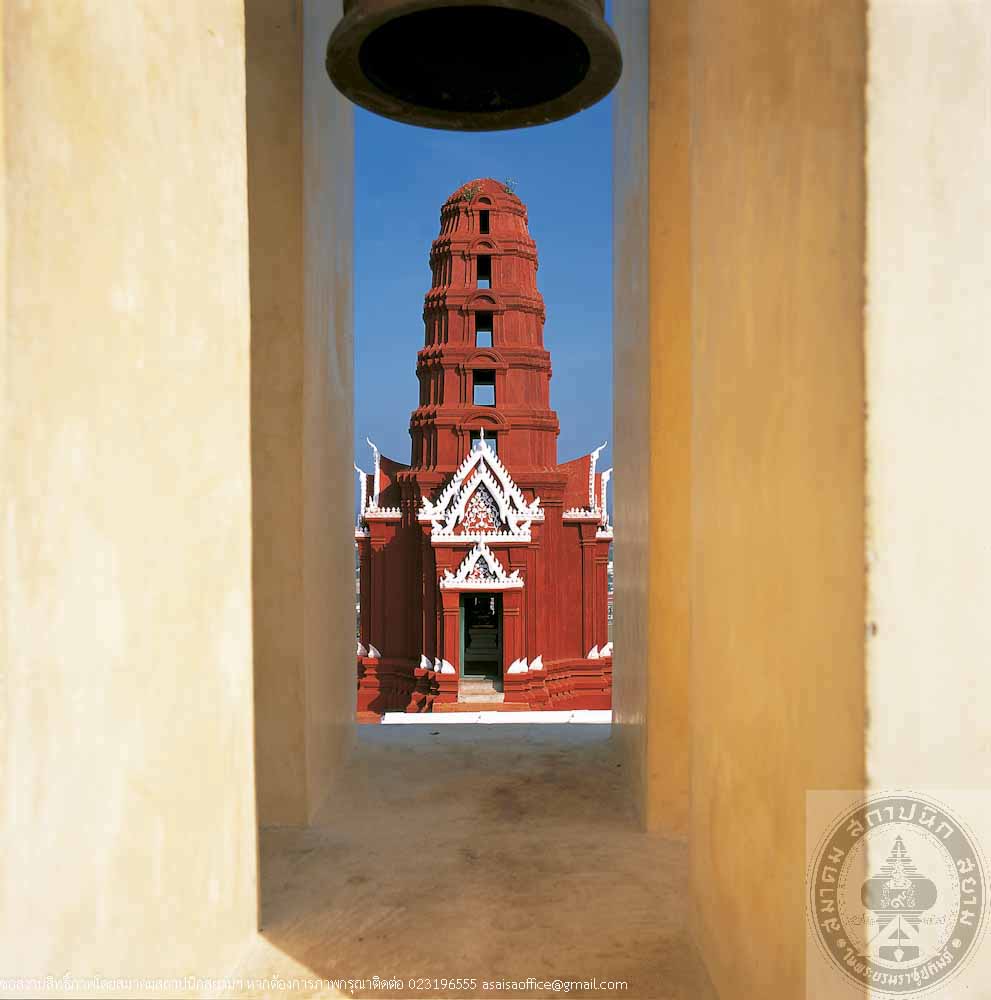
พิพิธภัณฑ์พระนครคีรี
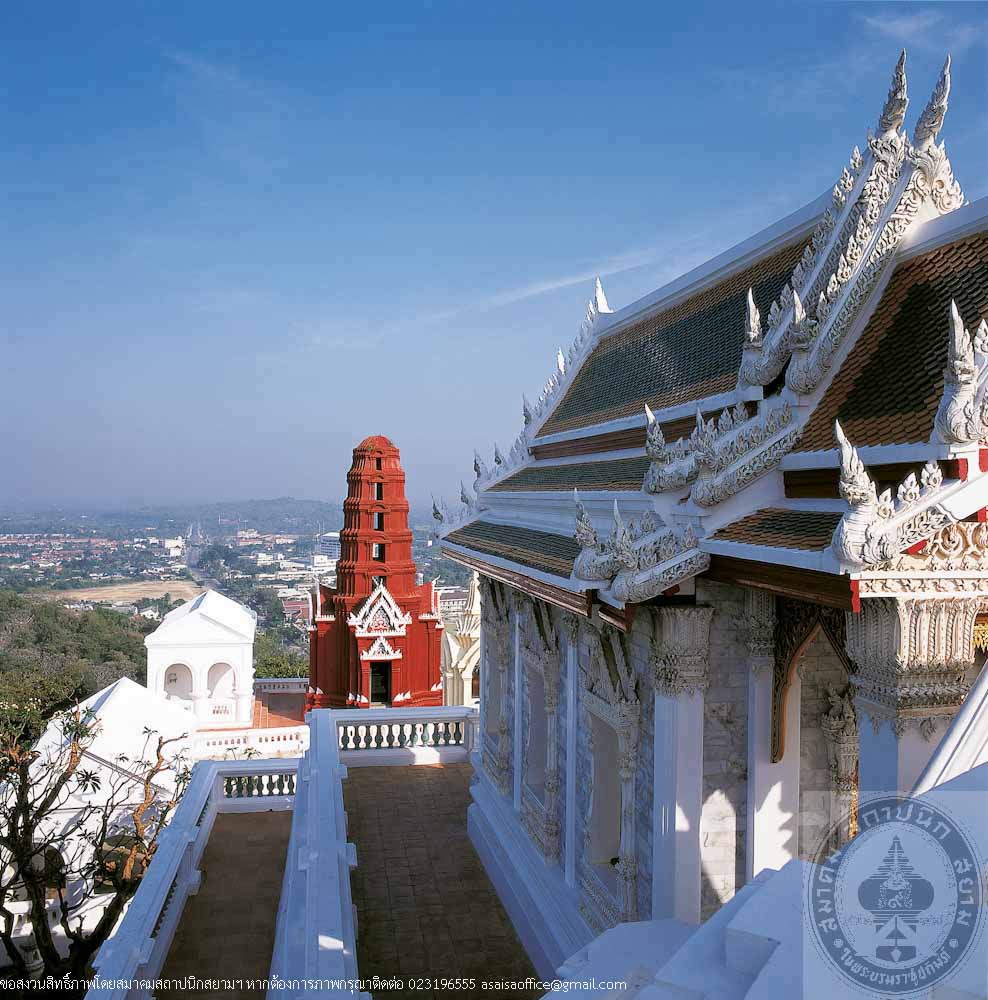
พิพิธภัณฑ์พระนครคีรี
-

พิพิธภัณฑ์พระนครคีรี
-

พิพิธภัณฑ์พระนครคีรี
-

พิพิธภัณฑ์พระนครคีรี
-

พิพิธภัณฑ์พระนครคีรี
-

พิพิธภัณฑ์พระนครคีรี
-

พิพิธภัณฑ์พระนครคีรี
Phra Nakhon Khiri National Museum
Location Khao Wang (Khao Samana), Tambon Klong Kracharng, Amphoe Mueang, Petchaburi Province
Architect/Designer Somdet Chaophraya Borommaha Si Suriyawong (Chuang Bunnag)
Proprietor Fine Arts Department, Ministry of Culture
Date of Construction 1859 AD.
Conservation Awarded 1993 AD.
History
Phra Nakhon Khiri National Museum is situated at Phra Thi Nang Petchphumphairot, a building in the Phra Nakhon Khiri compound. This building is a mixture of Weastern, Thai and Chinese style built on a high hill with an extended porch at the front. The roof is Chinese style with u-shaped tiles and tile rifges of moulded lime plaster. The lower part of the wall is built with arches and the upper part is fitted with rectangular windows. The entrance is by an open staircase situated outside the building.
Phra Nakhon Khiri, or Khao Wang (Palace Mount) was originally callae Khao Samana or Khao Maha Sawasn because there was a temple called Wat Samana on the eastern slope on the mountain. King Rama IV used to made pilgrimage to this temple during his ordinate period.
King Rama VII ascended the throne in 1851 and in 1851, he has Chao Phraya Si Suriyawong, the Defence Commander to be the director of Phra Nakhon Khiri construction project. Phra Petchaburi Sisawat was assigned as the consteuction supervisor. The designed of building are intended by the King to have Western style blended with Thai and Chinese. The pagoda on the mountain top which enshrined the Buddha’s relics was much ruined therefore, the King had a new pagoda built over the original and named it “Phra That Chom Phet”
Phra Thinang Petchchumphairot was built in 1859 and has been considered most important because it was King Rama IV’s residential hall. Later in 1883, it was partially restored and renovated to receive the royal guest of King Rama V’s, Duke Johan Albrecht, the Regent of Brunswick, Germany, and the Dutchess.
In 1953, the government had this hall converted as a museum. The lates restoration was carried out during 1982 – 1987 by the Fine Arts Department. The exhibitions were designed to present the rooms and objects as they were in King Rama IV’s period.